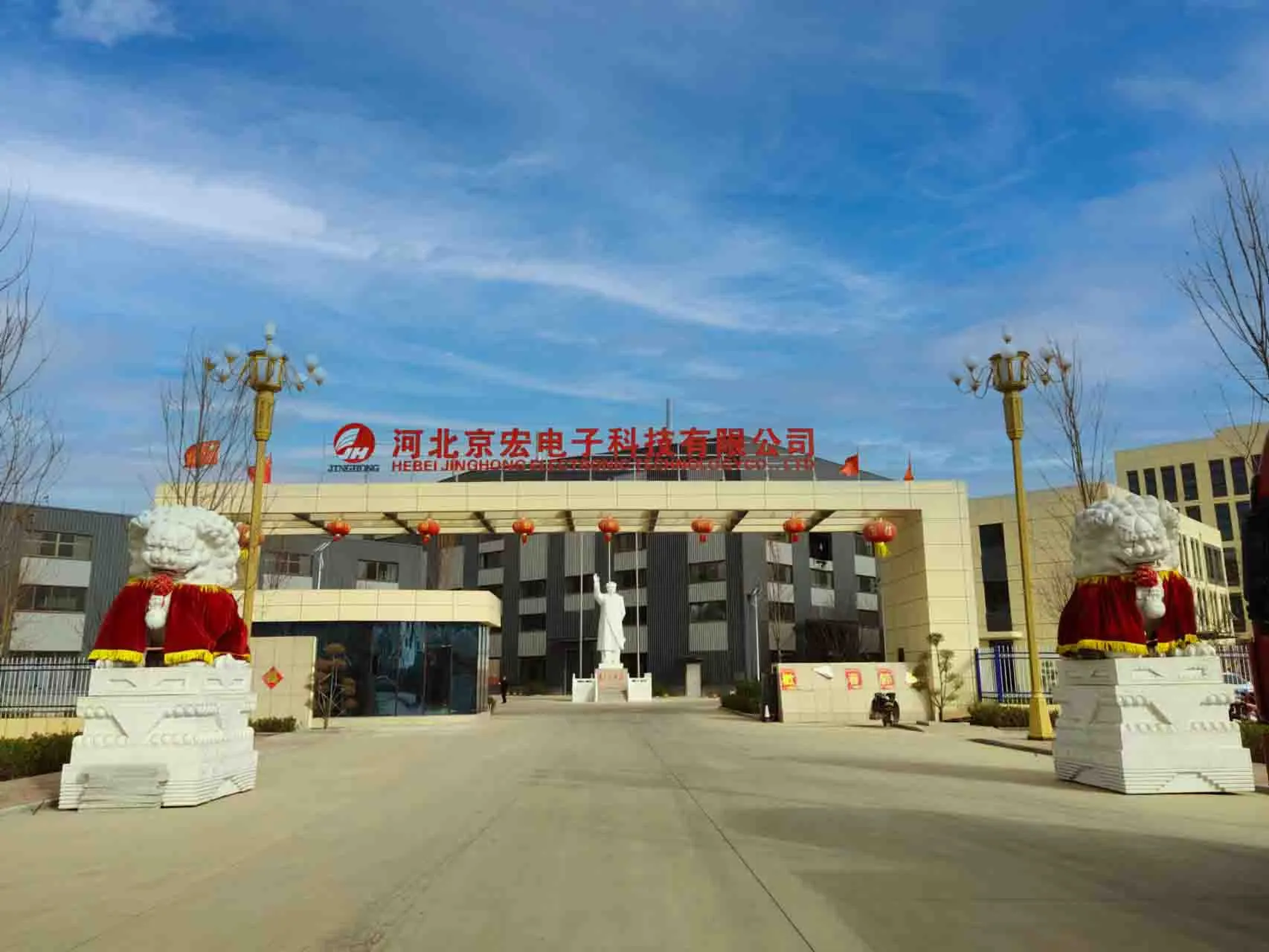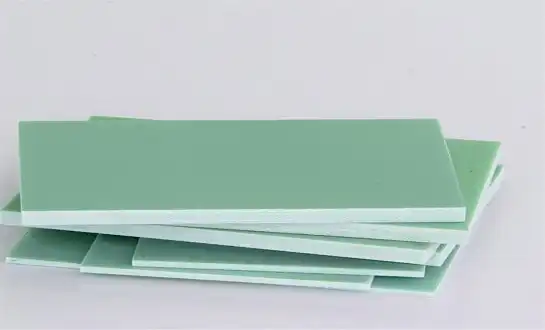Bakelite sheet was one of the most important materials in the history of industry. It started the era of manmade plastics more than one hundred years ago. This thermosetting phenolic glue changed many businesses because it was so good at insulating against electricity, withstanding heat, and lasting for a long time. Today, experts in the industrial, automobile, and electrical industries depend on Bakelite sheet materials for important tasks like making circuit board bases and high-temperature motor parts. By knowing what makes Bakelite special, buying teams can make better choices when choosing insulation materials for harsh industrial settings.

The Revolutionary Birth of Synthetic Plastics
Belgian-Leo Baekeland, an American scientist, created Bakelite in 1907 by carefully mixing phenol and formaldehyde. It was the first fully manufactured plastic ever made. Unlike natural materials that came before it, this phenolic glue could be shaped into complicated forms and keep its properties the same from batch to batch.
The effects of industry were felt right away and changed everything. Early phone companies used Bakelite for cellphone housings because it was better at blocking electricity than hard rubber options. Ford and other early automakers used phenolic materials in their ignition systems because they knew the material could handle engine heat without affecting electrical performance.
During World War II, engineers learned that Bakelite could withstand chemical contact and mechanical stress, which led to a huge increase in its military uses. Manufacturers of airplanes used phenolic laminates in control panels and electrical casings. This set performance standards that are still used today in aircraft specs.
The material was an economic hit because it solved important problems in the industry. Porcelain and other traditional insulators were brittle and hard to work with, and rubber-based materials broke down when exposed to heat for a long time. Bakelite gave designers more freedom than ever before and was solid in terms of long-term performance.
Understanding Bakelite's Exceptional Material Properties
Bakelite's chemical structure forms a three-dimensional network of cross-linked molecules that is very stable even in harsh circumstances. This thermosetting property means that the material goes through chemical changes that can't be undone during hardening. This gives the part qualities that stay the same for as long as it's used.
In industrial settings, electrical protection is probably the most important efficiency factor. Phenolic resins keep their insulating strength above 15 kV/mm, which lets them work reliably in high-voltage settings. The volume resistance of the material is usually higher than 10^12 ohm-cm, which makes it a great choice for protecting sensitive computer systems from current leaks.
Bakelite sheet is different from many other materials because it doesn't change when heated or cooled. Standard grades can be used constantly at temperatures up to 150°C, while special formulas can handle temperatures up to 200°C without losing many of their properties. Because they can handle heat well, phenolic laminates are great for parts of motors and equipment that distributes power that is constantly changing temperatures.
Mechanical strength changes based on what kinds of support materials are used during production. Cotton fabric-reinforced types are great for structural uses because they can handle impacts well and can be machined easily. Paper-based laminates have smoother surfaces that are perfect for electrical parts that need to be very precise in their measurements.
Chemical protection makes it possible for Bakelite parts to work effectively in tough industrial settings. Most acids, alkalis, and organic fluids don't cause the material to grow or lose its properties. This steadiness is very important for uses with cleaning chemicals, hydraulic fluids, or process chemicals.
Manufacturing Processes and Quality Standards
Modern Bakelite production starts with a precise resin mixture. In this step, phenol and formaldehyde are carefully watched as they polymerize under controlled temperature and pH conditions. In order to get certain mechanical qualities, manufacturers add supporting materials like cotton cloth or paper during this process.
In the laminating process, phenolic glue is soaked into support layers, and then multiple plies are put together under controlled conditions. Cross-linking reactions are set off by high-pressure pressing at temperatures around 160°C. These reactions make the finished structure stiff. Pressure levels are usually between 7 and 14 MPa, which makes sure that all of the glue flows and there are no gaps.
During production, quality control methods make sure that the material always has the same traits that are needed for important uses. To keep specs, manufacturers keep an eye on the glue content, the rate of curing, and the bond thickness. Before letting the material go, advanced testing procedures check its electrical properties, mechanical strength, and heat performance.
International rules control the making of Bakelite for electricity uses. UL certification makes sure that the product is resistant to flames and meets electrical safety standards. RoHS certification makes sure that the product is environmentally friendly. For dielectric strength, tracking resistance, and heat endurance values, IEC norms spell out how to test them.
Critical Applications Across Modern Industries
The biggest market for phenolic materials is in the making of electronics and electrical goods. Engineers choose Bakelite sheets for printed circuit boards that need to be very stable in terms of size and resistance to heat. To keep power distribution systems running reliably, phenolic barriers are used in switch gear uses to stop arcs from spreading.
Manufacturers of motors use phenolic materials in all parts of their designs, from the commutator pieces to the insulation frames. Because the material is both electrically insulating and strong, it can be used to make small motors that can handle more power. Thermal stability makes sure that the system works reliably even when it's under a lot of stress, like in industrial settings.
Phenolic laminates are used for transformer shielding systems in power plants. Large power transformers have Bakelite shields between the windings to keep electrical problems from happening and to handle the stresses that come from temperature changes. The material has been shown to be stable over time, which means it needs less care and lasts longer.
As car power systems get smarter, more and more automotive uses are being made. Phenolic materials are used by companies that make electric vehicles for temperature control and battery pack protection. As it turns out, flame protection and electrical separation are both very important for keeping passengers safe in high-energy battery systems.
Manufacturers of industrial tools use phenolic parts for technical purposes other than electrical protection. When made from laminated grades, gear flats have great wear resistance and physical stability. The material doesn't absorb much water and doesn't react with chemicals in oiled settings, which is good for bearing parts.
Comparing Bakelite with Modern Alternatives
FR4 glass-epoxy laminates are used a lot in current devices because they work better at high frequencies and don't absorb as much water. But Bakelite still has benefits in cost-effective situations where modest electrical performance and good material qualities are needed.
Ceramic materials are better at conducting heat and electricity than phenolic laminates, but they are harder to work with and break easily. Ceramics makes it hard to make parts with complex shapes, but standard tools and methods make it easy to machine Bakelite parts.
Modern thermoplastics let you make a lot of different designs by injection casting them, but they aren't as stable in size or resistant to chemicals as cross-linked phenolic structures. Also, thermoplastics have higher temperature expansion factors, which can make it harder to use them in precise situations.
Polyimide films work great for bendable circuits, but they are much more expensive than phenolic films. Rigid polyimide laminates can withstand higher temperatures than regular Bakelite grades, but they need special processing tools that make the production process more difficult.
Proper Selection Guidelines for Engineering Teams
To choose the right material, you need to carefully weigh the needs of the application against Bakelite sheet's performance traits. The most important factor is the operating temperature, since normal grades lose their mechanical power after being exposed to temperatures above 150°C for a long time. For high-temperature uses, you might need special formulas or different materials.
Electrical needs must match up with what the material can do for the whole time it's supposed to last. Specifications for dielectric strength should include enough safety gaps to account for effects of age and exposure to the environment. When used outside, where dirt and other things could get in, tracking resistance becomes important.
Mechanical loading conditions influence reinforcement selection and laminate orientation. Cotton fabric reinforcing is good for applications that need to handle impact loads, while paper-based grades with smoother surfaces and tighter standards may be needed for precision electrical parts.
Machinability affects how much it costs to make and how long it takes to make it. Normal cutting tools work well with phenolic materials, but they make dust that needs to be cleaned up with the right air systems. Near-net-shape shaping may help complex shapes by reducing the need for extra steps.
Before choosing materials, environmental compliance standards must be checked. RoHS compliance makes sure that you care about the environment, and UL recognition makes sure that you follow safety standards. For applications that touch food or medical products, you may need extra licenses.
Conclusion
More than one hundred years after it was first made, bakelite is still very important in many current businesses. This amazing thermosetting material is strong, doesn't conduct electricity, and stays stable at high temperatures, making it useful in many industrial settings. Phosphoric laminates have been shown to work well with a wide range of materials, from circuit board bases to motor parts.
By knowing about Bakelite's special features, engineers can choose materials that will make products work better and cost less. To be successful, you need to work with providers who have a lot of knowledge and can offer professional advice, quality control, and dependable service. Pick material partners that know what your application needs and can give you options that work better than you expected.
Expert Sourcing Solutions for Industrial Applications
To find the best Bakelite sheet provider, you need to look at their professional skills, as well as their customer service and the stability of their supply chain. J&Q has been specializing in industrial insulation materials for more than 20 years. They have a lot of technical knowledge and can make a wide range of products to meet the needs of different industries.
Our wide range of products includes both standard and custom phenolic formulas made for tough jobs in the electrical, automobile, and power generation industries. Each batch goes through strict quality checks to make sure that the mechanical traits, electrical performance, and physical accuracy are always the same and meet the highest standards in the industry.
Getting technical help during the decision process helps engineers make the best material choices for each application. Our skilled professionals offer thorough information about properties, help with applications, and the creation of custom specifications that lower design risks and boost product performance.
Managing the global supply chain makes sure that shipping times are stable, which is important for planning production. We keep enough stock on hand to support both planned production runs and the kind of emergency needs that are common in industrial settings thanks to established transportation partnerships and inventory management systems.
Quality standards, such as UL recognition and RoHS compliance, give you peace of mind about how well the material works and how well it follows the rules. Traceability standards are met by thorough paperwork, and test results make sure that qualities are met throughout the supply chain.
Our expert team is ready to help you choose the right material, whether you need standard Bakelite sheets for electrical protection or custom formulations for high-temperature uses. You can talk to skilled materials experts who know how to meet the needs of industrial performance by emailing us at info@jhd-material.com.
References
Friedel, Robert. "Pioneer Plastic: The Making and Selling of Celluloid." University of Wisconsin Press, 1983
Meikle, Jeffrey L. "American Plastic: A Cultural History." Rutgers University Press, 1995.
Harper, Charles A. "Modern Plastics Handbook." McGraw-Hill Professional, 2000.
Margolis, James M. "Engineering Plastics Handbook." McGraw-Hill Professional, 2006.
Pham, Hoang Q. "Phenolic Resins: A Century of Progress." Springer Science & Business Media, 2010.
Dodiuk, Hanna and Goodman, Sidney H. "Handbook of Thermoset Plastics." William Andrew Publishing, 2013.





